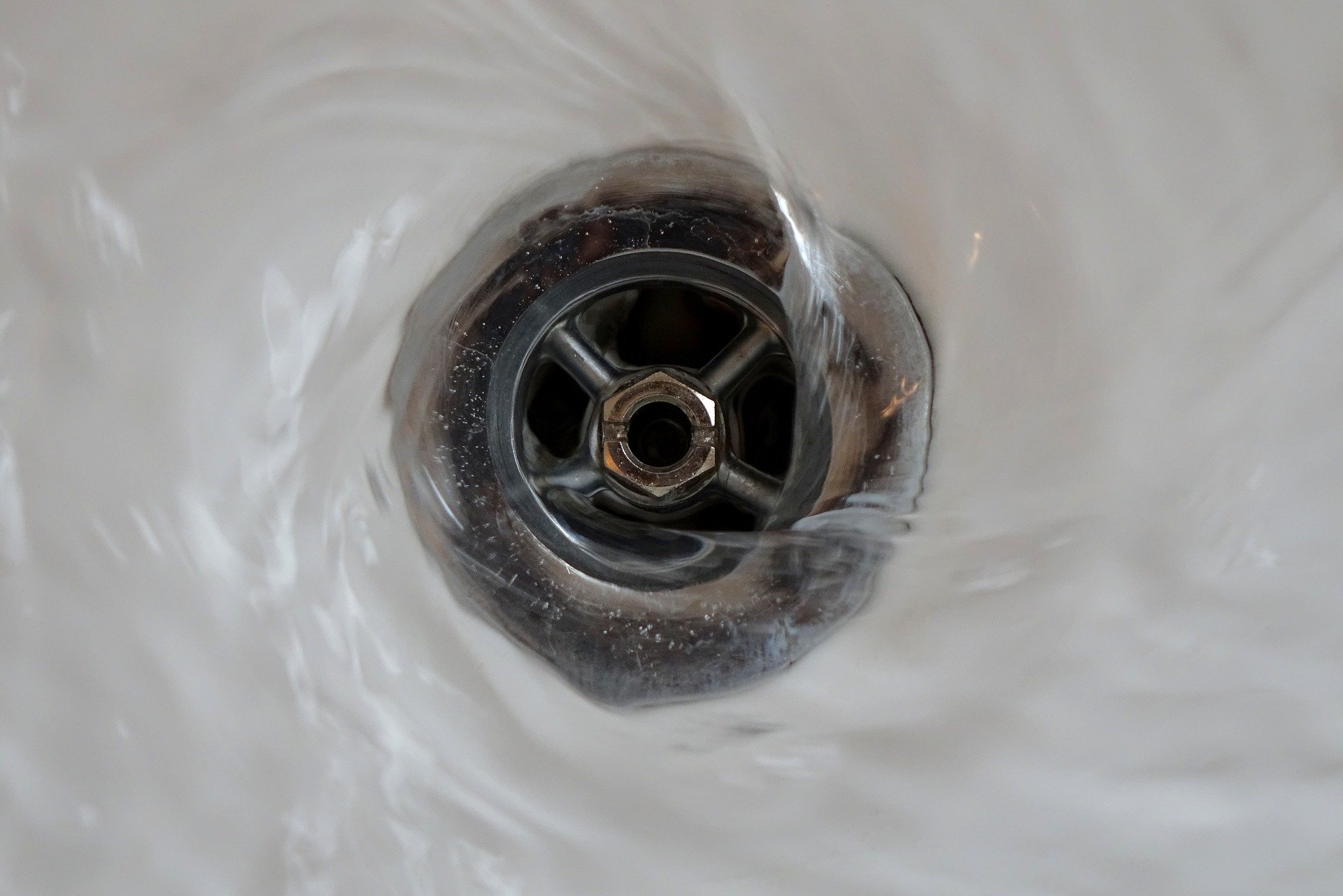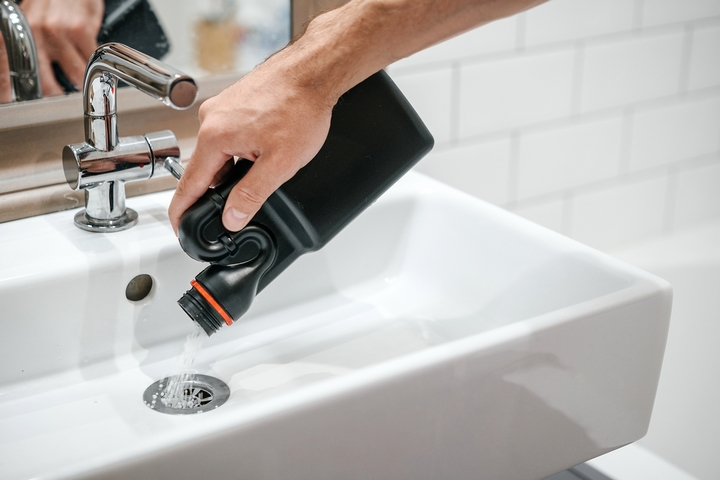When it comes to keeping your bathroom in top-notch condition, one often overlooked area is the sink overflow hole. In this guide, we’ll delve into the importance of understanding the function of the overflow hole, provide step-by-step instructions on how to clean it effectively, and offer valuable tips to maintain a fresh and odor-free sink.
I. Understanding the Overflow Hole in Your Sink:
The overflow hole is not just a small opening beneath your faucet; it plays a crucial role in preventing sink flooding. By diverting excess water, it gives you time to react before any spillage occurs, especially in scenarios where the faucet is left on accidentally or when plumbing issues arise.

II. Importance of Regular Cleaning:
To ensure the overflow hole functions optimally, regular cleaning is essential. A blocked overflow hole can compromise its ability to divert water, leading to potential flooding. Additionally, the humid environment of a bathroom makes it susceptible to mildew and mold growth, which can result in unpleasant odors.
III. Tools and Materials You’ll Need:
Before diving into the cleaning process, gather the following materials:
- Sink-cleaning brush or pipe cleaner
- Funnel made of silicone
- Two to three quarts of boiling water
- 1 cup of baking soda
- 1 cup of distilled white vinegar
IV. Step-by-Step Guide on Cleaning the Overflow Hole:
Insert the Cleaning Tool:
Use a sink-cleaning brush or pipe cleaner to remove gunk and buildup from the overflow hole.
Insert the tool into the hole and move it in and out several times to ensure thorough cleaning.
Boiling Water Method:

Bring the water to a boil.
Insert a silicone funnel into the overflow hole.
Slowly pour the boiling water through the funnel to flush out any remaining debris.
Dealing with Odors:
If a musty smell persists, create a mixture of 1 cup of baking soda and 1 cup of distilled white vinegar.
Pour the baking soda down the overflow hole, followed by the vinegar. Allow it to sit for 15 minutes to neutralize odors.
Carefully flush the sink with boiling water to complete the deodorizing process.
Repeat as Necessary:
Regular maintenance is key. Repeat the cleaning process periodically to prevent blockages and ensure a fresh-smelling sink.
V. Additional Tips for Sink Maintenance:
Hygiene Practices:
Incorporate the cleaning of the overflow hole into your regular bathroom cleaning routine.
Use a mild bathroom cleaner on the sink surface to maintain overall hygiene.
Quick Fixes for Sink Smells:
Troubleshoot any unusual smells by identifying and addressing the source promptly.
Consider using commercial drain cleaners if blockages persist.
Conclusion:
Maintaining a clean and functional overflow hole in your sink is a simple yet vital aspect of home care. By following these step-by-step instructions and incorporating regular cleaning into your routine, you can ensure a hygienic and odor-free bathroom sink. Don’t overlook this small but significant detail – your sink will thank you for it. For more helpful tips on home maintenance, stay tuned to our blog!
